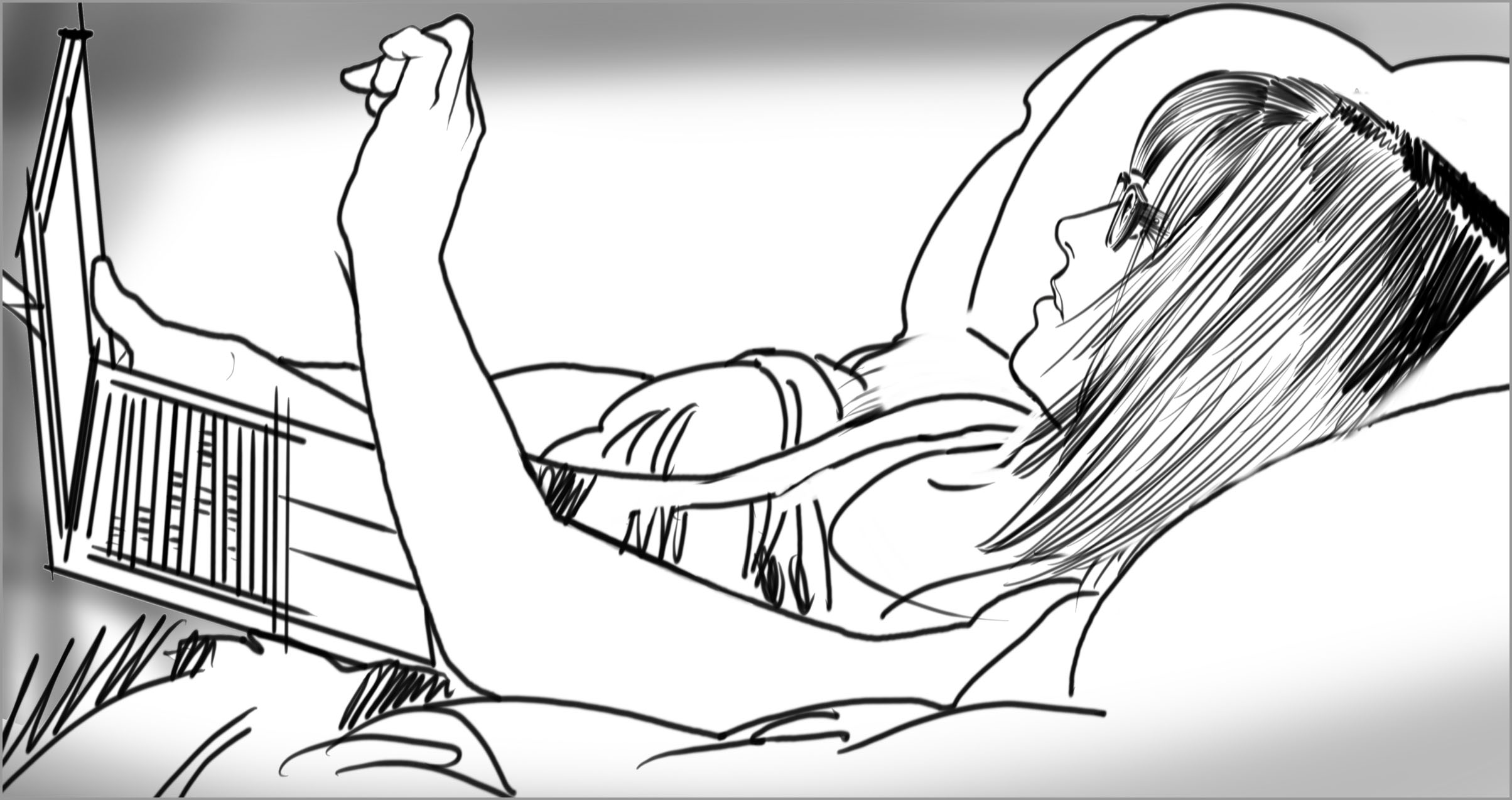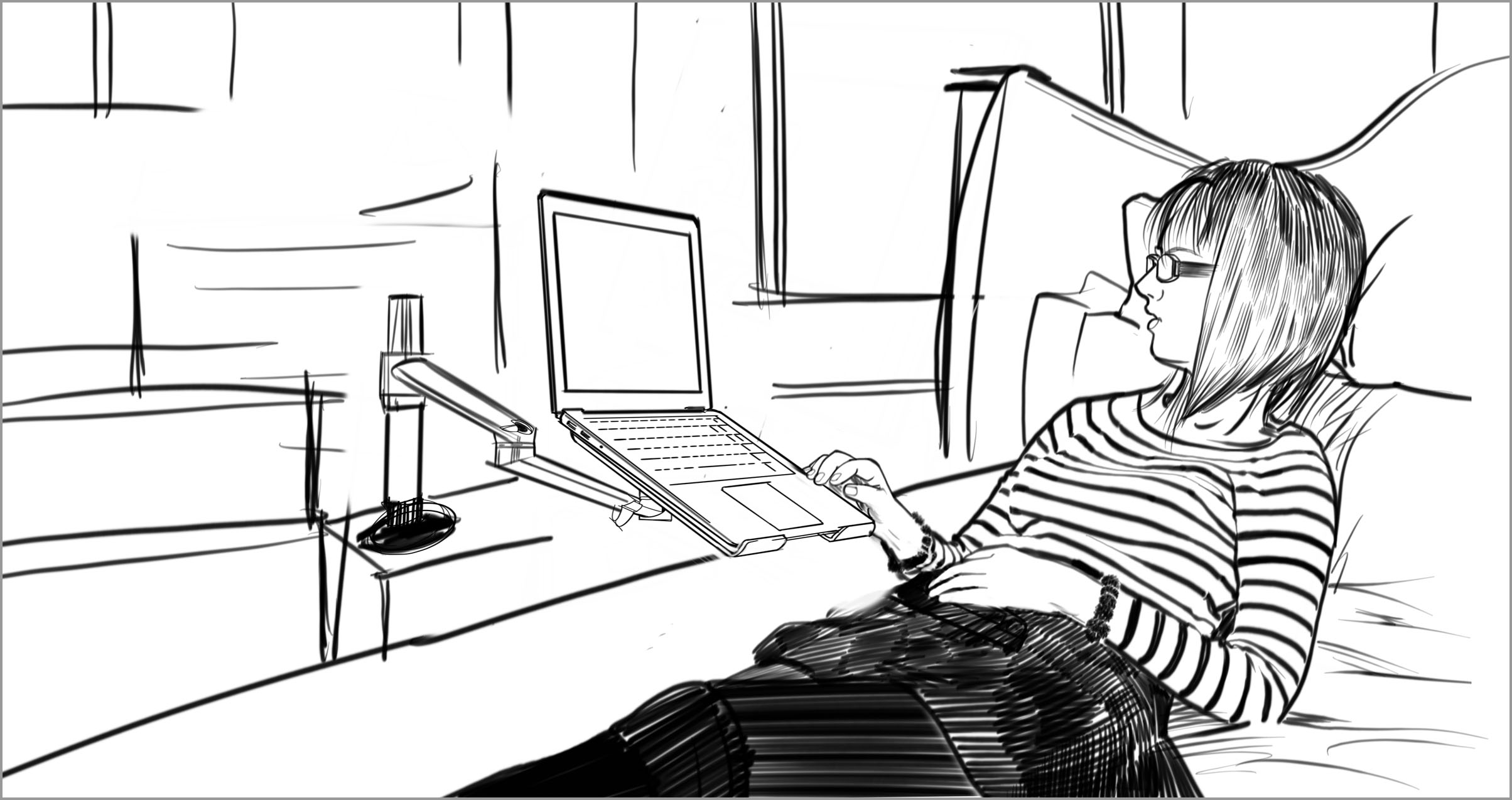Note
Access to this page requires authorization. You can try signing in or changing directories.
Access to this page requires authorization. You can try changing directories.
The position in which someone can hold their body.
Posture and endurance go hand in hand. Our ability to maintain our bodies in a certain position can determine how we interact with our environments. If someone can’t maintain an upright posture when driving a car, it’s hard to see out the windshield and drive safely. The postures we must maintain to use technology can be equally demanding. If someone can’t maintain an upright posture, it may be difficult for them to sit at a desktop.
For a person with a condition like cerebral palsy, using a sign-in option like facial recognition instead of typing may be easier. However, if a user is unable to keep their neck and head in an upright posture, they may find it difficult to use facial recognition.
Posture can be impacted by conditions that affect muscle tone, strength, control of one’s body, sensory input, proprioceptive input, or anything that makes maintaining a certain position difficult. This can include Parkinson’s, amyotrophic lateral sclerosis (ALS), spinal cord injury, stroke, multiple sclerosis, and more.
Barriers
- Body positioning demands for device use (such as sitting upright in a chair with arms outstretched on a tabletop to use a desktop computer, or holding a controller with two hands for successful game play)
Facilitators
- Flexible input method options that allow a person to access a device in the position of their choice (for example, a Bluetooth keyboard that can be on a person’s lap instead of on a tabletop)
- Accessible hardware that facilitates user choice during input (for example, ergonomic mice, support for adaptive technology buttons and switches)
- Available and supported mounting material that allows a person to access a device in the position of their choice
Examples

BARRIER — Devices can be difficult to interact with and it may be difficult to see screen content if a person must lay in bed or doesn’t sit upright during use.

FACILITATOR — Mounting hardware allows a person to access a device in the position of their choice and makes the device easier to use.
The purpose of this reference is to provide concepts people can use to document and discuss aspects of function. Design should happen with people with disabilities, this reference is meant to support that activity, not replace it.